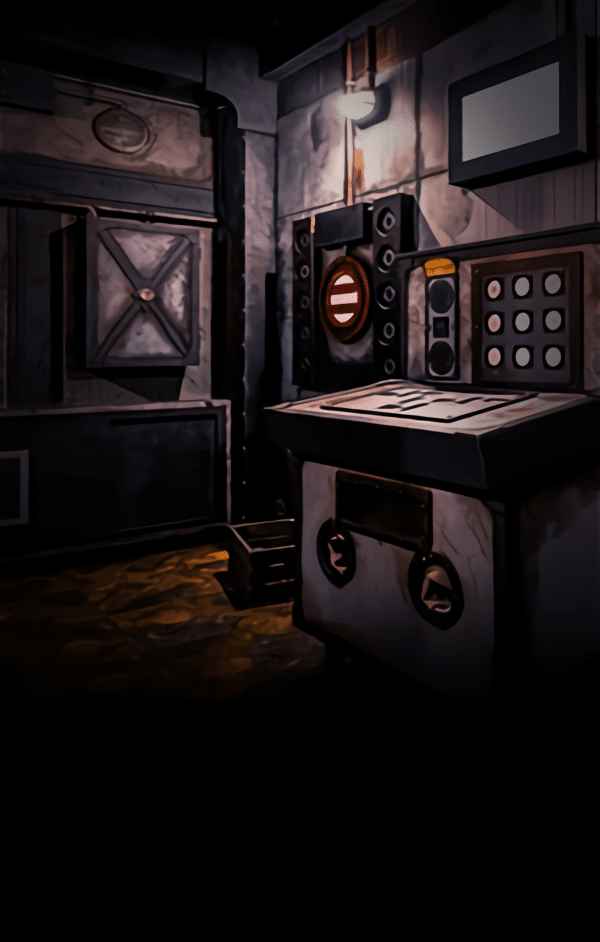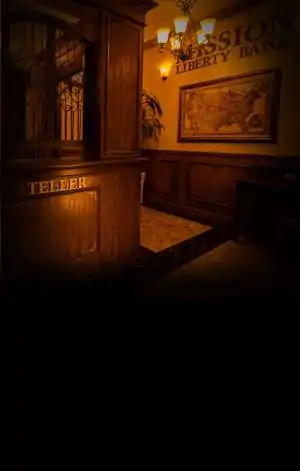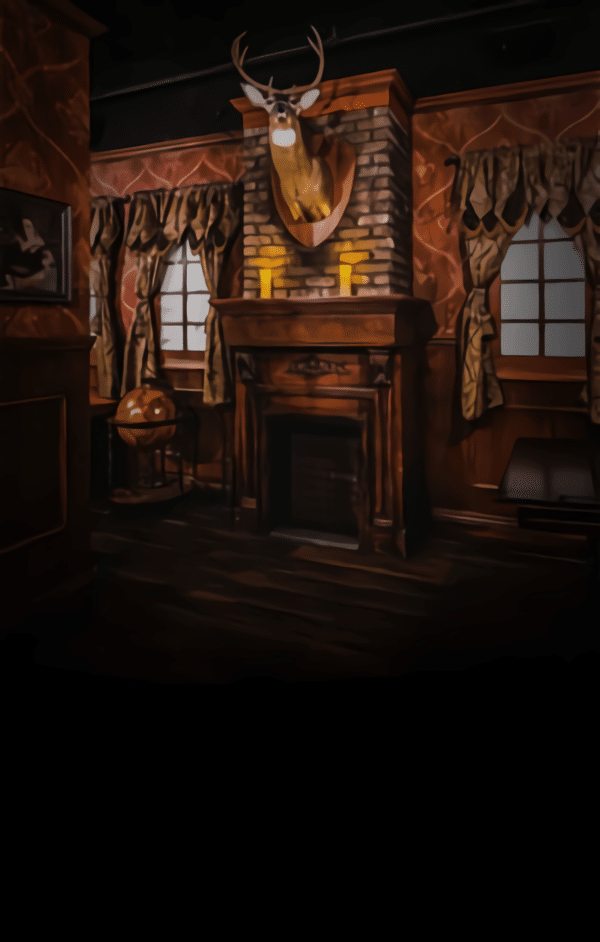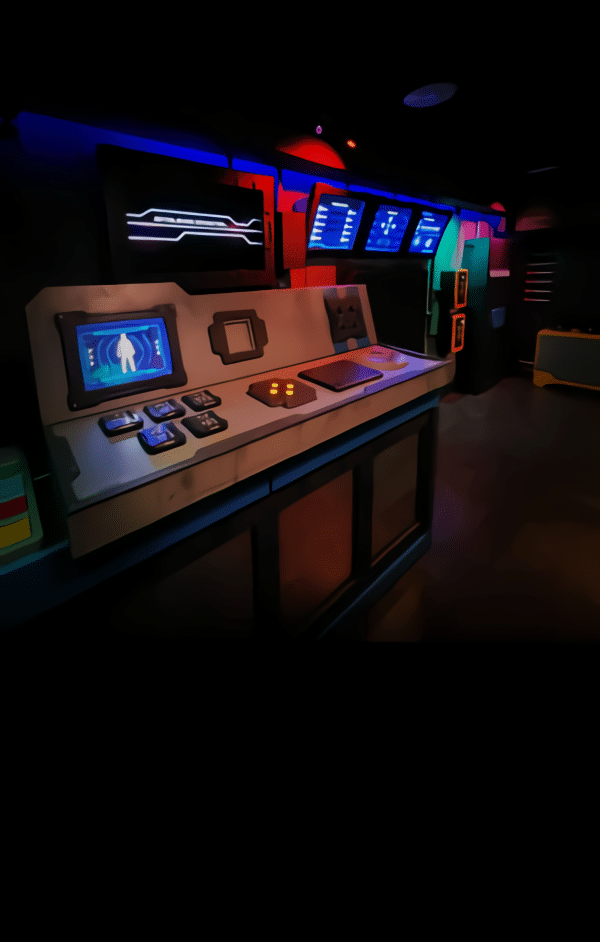Origins of Escape Room Concepts
The concept of escape rooms traces back to interactive video games where players solved puzzles to escape virtual spaces. These early digital experiences laid the foundation for physical escape rooms, where participants could immerse themselves in real-life settings filled with clues, puzzles, and story-driven adventures. As the idea grew in popularity overseas, particularly in Asia and Europe, the United States began to adopt the trend. Eventually, New York City embraced this immersive form of entertainment, adapting it to fit the city’s vibrant energy and love for unique cultural experiences.
Arrival of Escape Rooms in New York City
When escape rooms arrived in New York City, they quickly stood out as more than just games—they became group experiences designed for problem-solving, communication, and collaboration. The city’s fast-paced lifestyle and appetite for entertainment made escape rooms an instant hit. They transformed from niche experiences into popular venues for locals, tourists, and professionals looking for team-building activities.
The Growth of Storytelling in Escape Rooms
One of the most significant aspects of escape room New York City experiences has been the evolution of storytelling. Early rooms were puzzle-heavy and less narrative-driven. Over time, immersive stories with cinematic elements became the heart of the experience. Today, venues design their games around rich plots, guiding players through thrilling adventures such as surviving an apocalypse, solving a murder mystery, or uncovering hidden conspiracies. The storytelling aspect transformed escape rooms from puzzle-solving challenges into live-action adventures.
Escape Room New York City and Group Dynamics
Escape rooms in New York City are designed to challenge teams of all sizes, encouraging collaboration and critical thinking. For groups of friends, families, or coworkers, these experiences foster trust and communication. Small teams, including pairs, find the challenge rewarding as it allows them to rely more heavily on each other’s problem-solving abilities. Larger groups benefit from distributing tasks and utilizing diverse skills, making every participant feel valuable in the mission.
Unique Themes Found in Midtown NYC
In Midtown New York, escape room venues bring a variety of games to life. Mission Escape Games – NYC, for example, offers diverse experiences including End of Days A, End of Days B, Hydeout, and Carbon: 3708. Each game provides a unique challenge, blending puzzles with environments inspired by mystery, science fiction, or survival scenarios. This variety allows visitors to choose adventures that best match their interests and difficulty levels.
Technology and Innovation in Escape Rooms
Modern escape rooms in New York City have embraced cutting-edge technology. Early designs relied on physical locks, hidden compartments, and manual puzzles. Today, experiences incorporate advanced sensors, interactive props, and immersive soundscapes to heighten realism. These innovations transport players into fully realized worlds, making them feel like active participants in a movie or theatrical performance.
Escape Rooms as Team-Building Tools
The rise of escape room New York City experiences also connects to the corporate world. Businesses seek out these venues for their employees to build stronger communication, problem-solving skills, and trust. The high-pressure scenarios within the rooms create situations where teamwork is essential, reflecting workplace collaboration but in a fun and low-stakes environment.
The Role of Escape Rooms in NYC Entertainment
Escape rooms have secured a permanent place in New York City’s entertainment scene. They stand alongside other cultural attractions, offering something distinct from theaters, museums, or nightlife. They cater to a wide range of audiences—tourists looking for unique activities, families seeking fun bonding time, and groups of friends wanting a challenge. Their adaptability to different audiences has fueled their popularity and longevity.
The Future of Escape Rooms in New York City
Looking ahead, escape room New York City experiences are expected to continue evolving. Game designers are experimenting with hybrid formats that blend physical and virtual reality. Storylines are becoming more complex, and interactive features are pushing immersion to new levels. As the demand for unique group activities grows, escape rooms are likely to remain a thriving part of New York City’s entertainment landscape.
Conclusion
Escape room New York City experiences have grown from a niche form of entertainment into a celebrated activity that combines storytelling, technology, and teamwork. They are a reflection of the city’s appetite for innovation and immersive fun. With their evolving narratives and cutting-edge designs, they continue to captivate audiences of all ages.
Frequently Asked Questions
Q: What is the history behind escape room New York City experiences?
A: Escape rooms in New York City began as puzzle-based games inspired by video game concepts. Over time, they evolved into immersive, story-driven adventures that incorporate technology, teamwork, and creativity.
Q: What types of games are available at escape room New York City venues?
A: Venues in Midtown offer diverse experiences such as End of Days A, End of Days B, Hydeout, and Carbon: 3708, each with unique themes and puzzles.
Q: Can small groups or couples play escape rooms in New York City?
A: Yes, escape rooms are designed for teams of all sizes. Couples and small groups can enjoy a more intimate challenge, relying heavily on their communication and problem-solving skills.
Q: How do escape rooms enhance teamwork?
A: Escape rooms foster collaboration by requiring participants to solve puzzles, communicate effectively, and manage time under pressure, making them excellent for team-building.
Q: What innovations have shaped modern escape room New York City experiences?
A: Innovations include advanced sensors, interactive props, cinematic storytelling, and immersive sound and lighting effects, all of which elevate the realism and excitement of the games.









